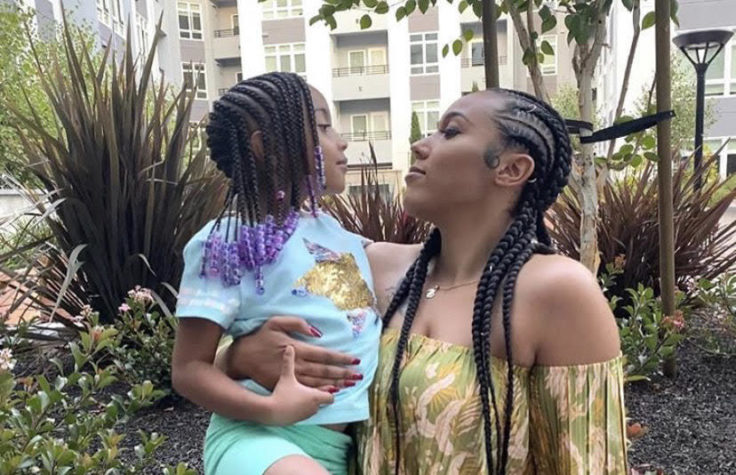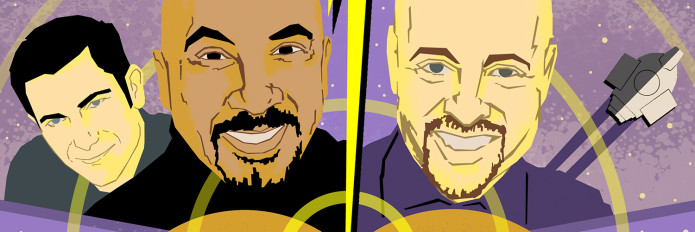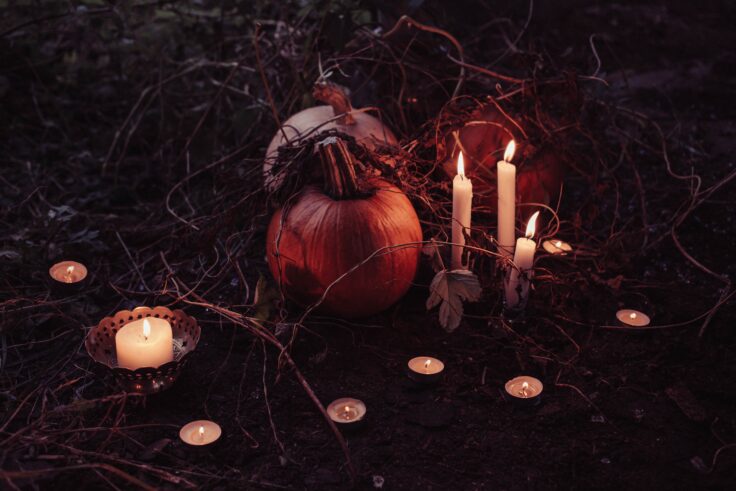When you imagine a fairy tale princess, what images come to mind? A castle, an elegant dress, maybe even a talking animal or two. And of course a princess wouldn’t be a princess without a tiara.
But what about the princess herself? Most fairy tales depict princesses with flowing blond hair, light eyes, and fair skin. For children who don’t look like that, these kinds of Euro-centric depictions can lead to long-lasting self-esteem issues. After all, if your favorite protagonists don’t look like you, maybe you’re not meant to be the protagonist in your own story when you grow up.
Maya Cameron is addressing this issue head on. Her children’s book, The Mermaid Princesses, aims to reframe what a princess should look like so that children of color can identify with characters that look like them.
We caught up with Maya in a recent Q&A to discuss The Mermaid Princesses, the depiction of race in the media, and the challenges of publishing a children’s book. Here’s what we discovered.
What’s the story behind your story? How did it all begin?
Really it all started in my own childhood growing up. I grew up in the ’90s, and there just weren’t a whole lot of people that looked like me on television, and definitely not the characters that I loved and wanted to be like. As I got older, I realized how that affected me. It really wasn’t good for my self-esteem or my confidence.
And then when I had my own daughter, I started realizing that I wasn’t able to find children’s books or many programs where she had characters that looked like her. I especially couldn’t find characters that looked like us in fiction books, which is her favorite genre. And so I started flirting with the idea of writing a children’s book myself. I have always loved to write. And then I also studied the under-representation of African-Americans in children’s media in my undergraduate program. And the thing that finally did it for me was working in schools in Richmond, CA. I was working as an expressive arts and a mindfulness teacher. And I noticed that whenever we did an art project, when I’d walk around and look at the kids’ work, despite the fact that they were all kids of color, the characters all appeared to be of European descent.
I thought this was crazy. Even when they drew pictures of themselves, when they drew pictures of their families, it was all the same thing. These kids were Black. They were Latino. They were Pacific Islander. But despite the fact that they were all kids of color, all their characters appeared to be of European descent.
One day we did a check-in where everyone had to answer the question, “What do you want to be when you’re older?” And I figured that I’d participate as well. And so when it got around to me, I said, “I want to write children’s books that have characters of color.” And one little girl asked me why.
So I had them all close their eyes and imagine a princess. And despite the fact that these were all little Black girls, Latina girls, and Pacific Islanders, they all described the same kind of character. They described the princess as being very fair skinned with long, flowing blond hair. And these kids were young. And I knew that these little girls wanted to be princesses when they were older. And it just really bothered me. When I went home that night, I decided I needed to do this now. So that’s the origin story of The Mermaid Princesses.
Can you tell us a little about The Mermaid Princesses?
Like the name suggests, it’s a book about three mermaid princesses. It’s a story of sisterhood and overcoming rivalry, but it’s about these three mermaid sisters and they each have their own special quality. One of them is extremely brave and strong. The second sister is very clever and also wise. And then the third sister is very kind and compassionate. And each of these princesses want to be queen more than anything else in the world. The fact that only one of them can be chosen as queen causes them to fight. And so it’s really about overcoming rivalry. Then something happens in the story that forces them for the very first time to work together. I don’t want to give away the book so I’ll stop there.
No spoilers! So why crowdfunding? What are you raising funds for?
The funds themselves will go towards printing, but the main reason we decided to do an Indiegogo campaign was to generate major publisher interest. Really I’m trying to get one of the major publishers to pick up my story. I want it to be traditionally published because I would love to see this book in Barnes and Nobles and different bookstores across the country to reach as many kids as possible.

Your illustrator is pretty fantastic. How did you start working with her?
Her name is Mirelle Ortega. She’s an extremely talented illustrator. Originally from Mexico, she now lives in LA, and she’s just super passionate about creating illustrations that have people of color, especially Mexican characters. So she does a lot of different fairy tale characters like Cinderella, only brown-skinned wearing traditional Mexican clothing. So I really liked that about her. And I also just thought she was a great fit for my book.
What have been your biggest challenges so far?
Getting published! It’s funny because I feel like a lot of the people that do get published, they have connections. They know somebody who works in the field. And so I guess I’m just trying to break into the field and get people to know me.
Do you feel having characters of color in your story has gotten in the way of publisher interest?
I’m not sure. One thing I do know is that it’s been a long standing myth that books featuring protagonists of color won’t make money. And I’m hoping that my campaign will prove people otherwise. And I think we’re getting there because we’re only halfway through the campaign, and we’ve already achieved double of what our goal was.
Have you tested your story with kids? That’s the ultimate test, right?
Yes! I’ve tested it with my daughter, and she’s the toughest critic! She loves it. And that’s been a really beautiful thing to see. I’ve shown the illustrations to different kids, and they’ve loved them too. And I’ve had people tell me that as they were scrolling through Instagram, their kids caught a glimpse of my illustrations in their timeline, grabbed the phone and said, “Mommy, that mermaid looks like me!”
So which of the three princesses are you?
Ohh, good question! I think I’m a mixture of all three! I would say they each remind me of myself in different ways. And I think that’s where it came from. And I believe that strength, courage, kindness, and wisdom are some of the most important attributes that somebody can have. And that’s why I chose them to be my main characters’ characteristics. I guess I want to instill these values in our youth.
Do you have anything else you want to share with the Indiegogo backer community?
I guess the one thing that I want to mention is how important I believe this book is for kids of color. The response that I’m getting is very overwhelming in a wonderful way. So many moms have reached out to me to say thank you — saying things like, “I’ve been looking for a book like this for years!” and, “A book like this really would have helped my self-esteem and confidence growing up.” I knew that I felt this way, but I wasn’t expecting so many women to reach out and share this with me.
But really I wrote this book for everybody, not just kids of color. I feel like everybody needs to see Black characters as protagonists, being characters that they love. I feel like it will teach kids at a very young age to value Black lives just like anyone else’s. If there are Black characters that a kid who is not Black loves and wants to be like, and they’re exposed to these characters from the time they’re very young, valuing Black lives will be inevitable for them.
To support The Mermaid Princesses, check out the campaign page here.
Want to explore some other great crowdfunding campaigns? Check out some of our current favorites.



